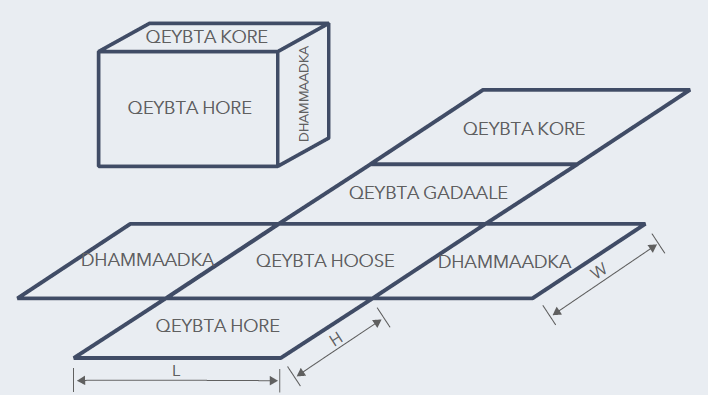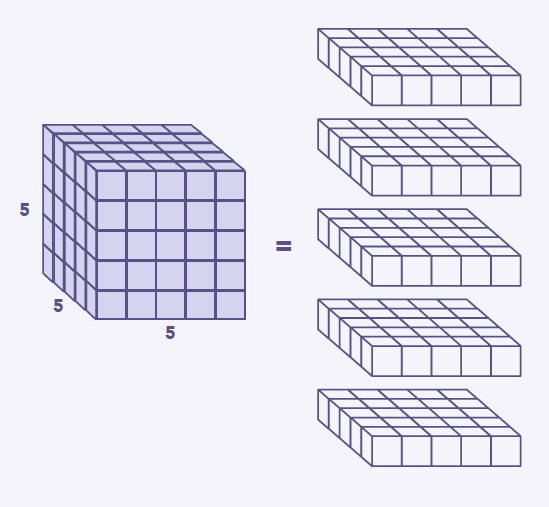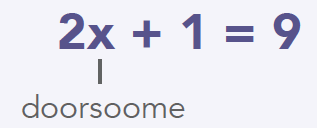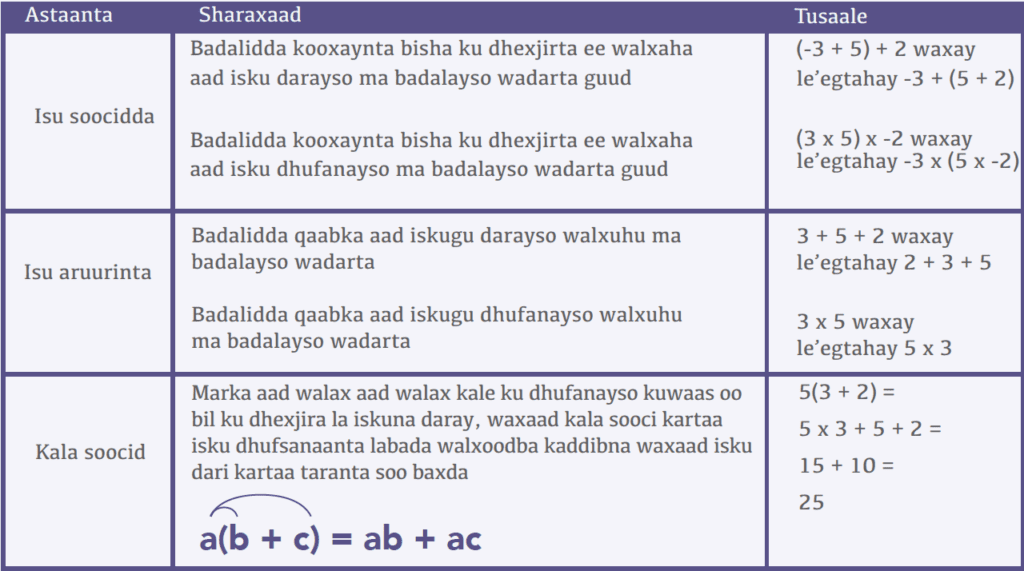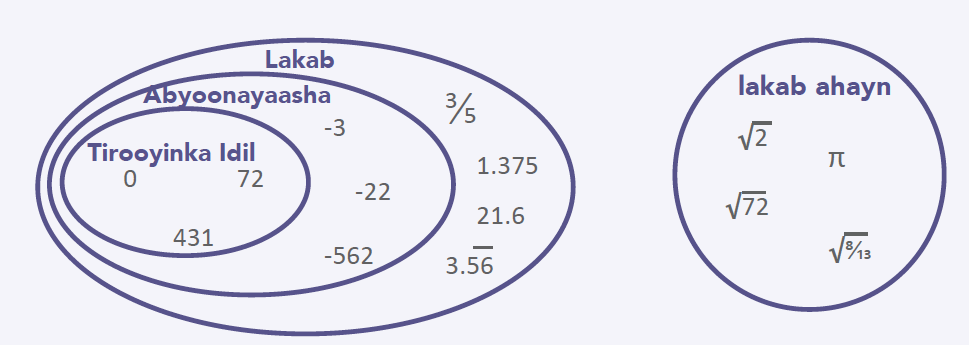Faniga Luuqadda Ingiriisiga
Fasalka 7aad
Hagahani waxa uu kaa caawin doonaa in aad fahamto nuxurka ugu muhiimsan (cilmiga & xirfadaha) ee ay tahay in canugaadu ogaado iyo siyaabaha aad ku taageeri karto waxbarashada ubadkaaga inta ay ku jiraan.
Talo: dul rog icons si aad u aragto qeexida ereyada muhiimka ah
Tani waxay tusaale u tahay hanuuninta
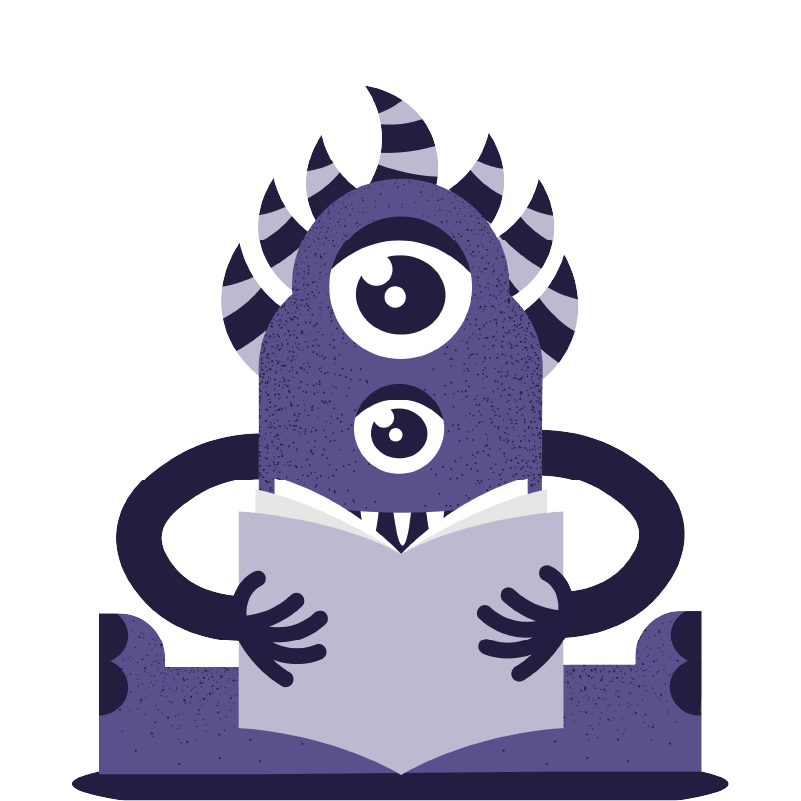
Rajada Ardayda
Ardayda fasalka 7aad waxay u baahan yihiin in ay ogaadaan sida howlaha hoose loo qabto marka la gaaro dhammaadka sannadka:
XIRFADAHA AKHRIS-QORAALKA
Waa in ay akhriyaan qoraalka heerka fasalka 7aad ah, kaasoo ah heerka Lexile 925-1185
Waa in ay si wanaagsan u akhriyaan qoraalka fasalka 7aad, kaasoo ah 170 erey halkii daqiiqo
Waa in ay akhriyaan ayaga oo tilmaamo bixinaya si ay u muujiyaan in ay fahmeen qoraalka marka ay akhrinayaan
Waa in ay qoraan ayna dib u qoraan curisyo kuwaas oo leh hikaad, naxwe, iyo xarakooyin sax ah
Ku celceli higgaadda & xarakaynta daar Kahn Academy
Waa in ay isticmaalaan teknoolojiyadda si ay wax u qoraan ulana shaqeeyaan kuwa kale cilmibaarisna ugu sameeyaan mowduuc ayaga oo isticmaalaya ilo la isku haleyn karo
Waa in aysan marna minguurin shaqada aysan ayagu lahayn, taasoo loo yaqaano qish
Waa in ay fahmaan raadkooda dhijitaalka ah , kaasoo ah waddada xogta aan dhammaanteen kaga tagno internetka
Waa in ay 38-40 erey ku qoraan halkii daqiiqo. Waa in ay ku qoraan ugu yaraan saddex bog halkii saac
WAX KABARASHADA DUNIDA IYADA OO LA ADEEGSANAYO QORAAL
Waa in ay su’aalo weydiiyaan kana jawaabaan qoraalka ay akhriyaan. Waa in ay dib u qoraan qoraalka si ay u helaan macluumaad gaar ah si ay u xoojiyaan fahamkooda. Waa in ay fahmaan micnaha xataa marka aan si toos ah loo sheegin. Waa in ay awoodaan samaynta waxyaabaha soo socda:
- Waa in ay soo koobaan qoraalka ayaga oo aanan fikraddooda ku dhex darin
- Waa in ay helaan mowduucyada, qodobada muhiimka ah, iyo fikradaha guud
- Waa in ay bartaan sida qof muhiim ah, dhacdo, ama fikrad loo soo bandhigo iyo qaabka ay isu badalaan
- Waa in uu sharraxaa qaabka qaybaha kala duwan ee qoraalku u saamaynayo micnaha
- Waa in ay qeexaan qaabka sheekadu u socoto iyo qaabka jilayaashu uga jawaabaan
- Waa in ay bartaan qaabka qoraaga iyo aragtidiisu u saamaynayso qoraalka
- Waa in ay isu barbardhigaan sheekooyinka khayaaliga ah iyo kuwa taariikhda ah
- Su’aalaa waxa qoraaga ama afkaarta qofka hadlaya uu soo qaato
- Waa in ay ka fakaraan waxa qoraalku sheegayo. Majirtaa caddayn ku filan oo muujinaysa in fikraduhu yihiin kuwo sax ah?
Waa in ay helaan micnaha ereyo cusub iyo luuqadda sharraxaada , ayaga oo adeegsanaya fikradaha kujira qoraalka, mowduuca, qaamuusyada, ama ereyga asalka ah.
Waa in ay wax ka qoraan qoraalka kaddib marka ay akhriyaan. Waa in uu ku daraa hordhac leh jumlad soo koobid ah , tusaalooyin habaysan, iyo gabagabo
Waa in ay wax sharaxaan ayaga oo adeegsanaya qoraalkooda. Waa in ay isticmaalaan qaabab si ay naftooda u sharaxaan, oo ay kujirto isbarbardhig/ iska soo horjeedo, sababta/saamaynta, dhibaatada/xalka, iyo xukmin. Waa in ay ereyo gaar ah ka qoraan oo la xiriira ujeedada. Waa in ay isticmaalaan ereyada isku xirka si ay fikrad ula xiriiriyaan.1
Jean Baptiste de Lamarck and Charles Darwin were both naturalists that had theories about organisms getting helpful variations. Lamarck’s theory was called the theory of acquired characteristics and Darwin’s was called the theory of evolution by natural selection. Lamarck and Darwin’s theories are the same and different in some ways.
1Muunadaha qoraalka ah ee la helay iyada oo fasax laga haysto Saaxiibada Ardayda. “Muunadaha Qoraalka Ardayda.” Achieve the Core, https://achievethecore.org/category/330/student-writing-samples
Waa in ay qoraan fikrado lagu qanci karo. Waa in ay isticmaalaan qaabab kala duwan oo ay akhristaha ku qancin karaan. Waa in ay awoodaan ka jawaabidda isfahamwaaga.
Dear Teachers,
I have recently begun learning about the “Shut Down Your Screen” week. This is a program where kids in school and out of school don’t use any electronics for one week.
Everyone in your school would participate. This is a way to save the way we think and try something new. My question is, should we participate in the national “Shut Down Your Screen Week?” I think it would be a good idea for many reasons.
First, I think we should participate because using too much technology affects the way we think and behave. In the article Attached to Technology and Paying a Price by Matt Richtel it gives many scientifically proven facts that using technology too much affects the way we think. If you are juggling e-mail, phone calls and other incoming information it can lose people’s focus. Also as the text states, “The stimulation provokes excitement that researchers say can be addictive. In its absence, people feel bored.” This means that people can become addicted and when not using technology become bored with things they used to love to do.
Waa in ay wax qoraan si ay wax uga abuuraan ugana tarjumaan naftooda (gabay ahaan, sheekooyin, taariikh nololeedyo, khuraafaadyo, iyo ruwaayado). Waa in ay adeegsadaan wada sheekaysiyo, ereyo wax qeexaya, iyo 5ta dareen wade si ay u muujiyaan shucuurta jilaaga, yididiilada, iyo khibradaha. Waa in ay isticmaalaan qaabka saxda ah (sida, cutubka, baydadka, xalqooyinka) iyo ereyada gudbinta ee kala duwan si ay u muujiyaan khibradaha iyo isku xirnaanshaha dhacdooyinka.
TUSAALOOYINKA ELA EE FASALKA 7AAD
How Jackie Robinson Changed Baseball
By Jessica McBirney|
2017
Today, when you turn the TV to Major League Baseball, you will not be surprised at all to see an African American or Latino player take the mound. Maybe your favorite player is a person of color. But baseball has not always been as diverse as it is now. In 1947, Jackie Roosevelt Robinson became the first African American to play on a Major League Baseball team. The road he paved was an important, but difficult one.
Early Athletic Success
Robinson was born in Georgia on January 31, 1919, the youngest of five children. His father left the family just a year later, and his mother moved her children to Pasadena, California. She worked odd jobs to support her family, but Robinson still grew up in relative poverty.
When Jackie enrolled in high school, his siblings encouraged him to get involved in school sports teams. He excelled in football, basketball, track, and baseball. He broke many school sports records. Robinson continued to play all of these sports in junior college. Ironically, he viewed baseball as his weakest sport. He transferred to UCLA to complete his degree, where he became the first athlete to letter 3in all four of those sports. UCLA had some of the most racially integrated college sports teams at the time, but Robinson was still among a very small minority of non-white athletes on all his teams.
Fighting Racism
Even early in his life, Robinson confronted racism head on. In 1938, while still at junior college, he was arrested after disputing the police detention of one of his Black friends. He managed to escape a long jail sentence, but this and other run-ins with the police earned him a reputation as someone who was both eager and willing to stand up against racial oppression. When the U.S. entered World War II, Robinson enlisted in the army. He never saw direct combat, but his military career was marred by racial problems. While stationed in Texas, Robinson boarded a non-segregated bus, but he was instructed to sit in the back anyway. He refused, and military police took him into custody for his insubordination. Fortunately, one month later, an all-white jury acquitted him, but the situation was an early indication of the racial prejudice he’d come to face later in life.
A Negro Player with Guts
Robinson joined the professional Negro Leagues to play baseball in early 1945. He signed with the Kansas City Monarchs and had great success, but he was frustrated by all the disorganization that plagued the Negro Leagues. At the time, a few Major League teams were recruiting from the Negro Leagues, and Robinson struck up a relationship with the General Manager of the Brooklyn Dodgers, Branch Rickey. Rickey liked the potential he saw in Robinson, but he had one question. He knew Robinson would face racial discrimination and injustice if he joined the Major Leagues. Could he be “a Negro player with enough guts not to fight back?” Robinson promised that he could, and signed a contract with the Montreal Royals, the Dodgers’ top minor league team. After just one season, he transferred to the Brooklyn Dodgers. As he stepped onto the field as first baseman in 1947, Jackie Robinson became the first Major League Baseball player to break the color barrier since 1880. He was 28 years old.
African-American fans flooded to Dodgers games, and even the general public and the press had a mostly positive view of the team’s newest addition. However, Robinson faced discrimination from a few of his own team members, who threatened to sit out of games if he was allowed to play.
Management took Robinson’s side — “I say he plays,” said the manager. “I say he can make us all rich. And if any of you cannot use the money, I will see that you are all traded.” Other teams also disliked Robinson’s admittance into the League. Many threatened not to play against him. Most managers rejected these threats and forced the players to participate anyway. Instead, they took it out on Robinson directly during the games. Some players were physically violent — he once received a 7-inch gash in his leg from an opponent who spiked him with his cleats — while others hurled verbal racial insults at him and his teammates. The racism from other teams only united the Dodgers, however, and the team grew more accepting of him.
Major Success
Robinson won Rookie of the Year in 1947. In later seasons, more African-Americans joined other teams in the Major Leagues, as Robinson continued to excel. His success gained him fans from all over the country. He started at second base for the National League in the 1949 All-Star game, and he helped the Dodgers win the 1949 National League pennant. Over the next several years his success grew, and by 1955 the Dodgers pulled out a win in the World Series. Robinson was 36 and starting to feel the effects of his age. In 1956 he did not dominate the league as much as he used to, partially because of the adverse effects of the diabetes he suffered from. When the Dodgers traded him to the New York Giants, Robinson decided to quit baseball altogether and become an executive for a coffee company instead. A Legendary Impact After his retirement, Robinson remained a baseball legend. In 1962, he received baseball’s highest honor when he was elected into the Hall of Fame. His playing style changed many team strategies. For example, he inspired players to be more aggressive in their base-running, rather than relying only on the distance they could hit the ball.
Robinson also made important racial breakthroughs in the sports world. The first baseball player to break the color barrier in 60 years, he paved the way for many future African- American and minority athletes. His career helped the upcoming Civil Rights Movement by giving Americans a heroic African-American sports figure to rally around.
Wuxuu barayaa akhristaha jilaaga muhiimka ah iyo goobta sheekada
Wuxuu isticmaalayaa ereyo gaar ah, tafaasiil wax qeexda, iyo luuqadda sharaxaada (“mas weyn oo seyn buluug ah leh”)
Wuxuu isticmaalaa ereyada gudbinta si uu u muujiyo dib u xasuusashada wakhti hore (xasuus). Wuxuu isticmaalaa ereyo si uu u qeexo xasuusta wiilku noloshiisii uu soo maray kahor inta uusan askartu imaan
Qoraagu wuxuu qaabeeyay habayn adag taasoo u bilaabanayso si dabiici ah (inkasta oo aysan ahayn hab wakhtiga ku beegan)
Wuxuu bixiyaa gabagabada la socota wuxuuna ka tarjumaa dhacdooyinka
The Boy
The young boy stood with the most menacing look he could muster spread across his face. He just stood there watching the endless columns stretch as far as the eye could see down the long, dusty road. The soldiers would turn and look as they went by, and he made sure to look right back. He made sure to stare as far as he could into the dark pupils of their eyes, as if it would raise the house that was now nothing more than a heap of ashes. Only a few charred remains of the walls were left.
As his eyes went from soldiers to remains he saw a small soft lump poking up from the ashes. He knew exactly what it was and he turned away. That teddy bear had been his favorite friend. Not a toy, it was more than a toy to him. For a second he was back on a green lawn, with the shutters of a house tapping softly on the window pane. And there was his bear. They waited for the next pirate ship to come around the bend in the road, so they could board it and make the captain walk the plank.[tool tip=”transition”]
But then he heard a shout and knew he was back on the dusty road with no green lawn and no shutters tapping softly.
He leaped down from his perch on an old dresser, one of the few things that hadn’t been pillaged or burned in the fire. He bent down, putting both hands on his knees as his eyes searched the ground intently. He picked up the most deadly rock he could find and hopped back up on his perch to resume his watchful glare. No soldier escaped the watchful eyes as he probed them. The giant snake of blue tails was tapering off, and the boy could now see the end of the tail. The boy once again hopped down from his perch. He could feel the sweat-covered rock in his palm. The last of the blue columns were passing.
The boy took a step forward and leaned back, then whipped his body forward and released the rock at the same moment. The boy heard a thud as the rock came home and the rear most soldier clutched his side and looked back – but all he saw were those hateful eyes with tears rolling forth.
HOWLAHA MAALINLAHA AH EE LAGU TAAGEERAYO WAXBARASHADA
Qaababka loola hadlo macalimiinta
Xidhiidh adag oo ka dhexeeya qoysaska iyo macalimiinta ayaa fure u ah hubinta ardayda inay helaan waxay u baahan yihiin si ay u guulaystaan. Ku lug lahaanshaha waalidku kaliya ma keenayso darajooyin sare iyo buundooyin imtixaan, laakiin sidoo kale waxay ka caawisaa ardayda inay yeeshaan kalsooni, dhiirigelin, iyo xirfado bulsho. Ogaanshaha su’aalaha la waydiinayo booqashooyinka dugsiga iyo shirarka waalidka iyo macalimiinta waxay kaa caawin kartaa inaad dareento kalsooni marka ay timaado wax ka qabashada baahiyaha waxbarasho ee ilmahaaga.



